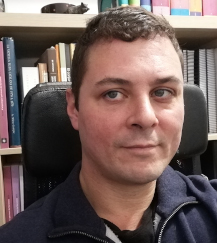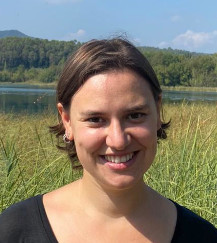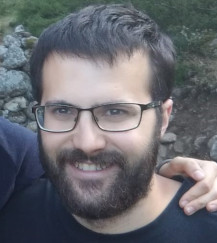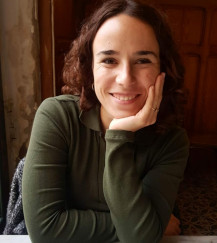Marta Sancho Planas
PROJECT LEADER
PhD in Medieval History and Master in Medieval Archaeology (UB). Professor at the University of Barcelona and secretary of the Institute for Research in Medieval Cultures. Specialized in working with archaeological sources of the medieval period.








